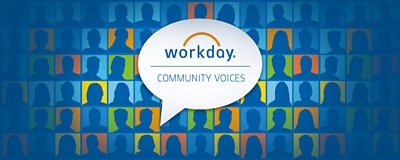Roche and Workday on the Science Behind HR Transformation
Roche Group is a pharmaceuticals and diagnostics company that operates in over 100 countries and employs more than 94,000 people worldwide. With a rapidly changing business environment demanding more flexibility across systems and processes, the company’s leaders decided to launch a strategically important transformation in HR. Read our interview with Margaret Greenleaf, head of group HR strategic initiatives at Roche.






